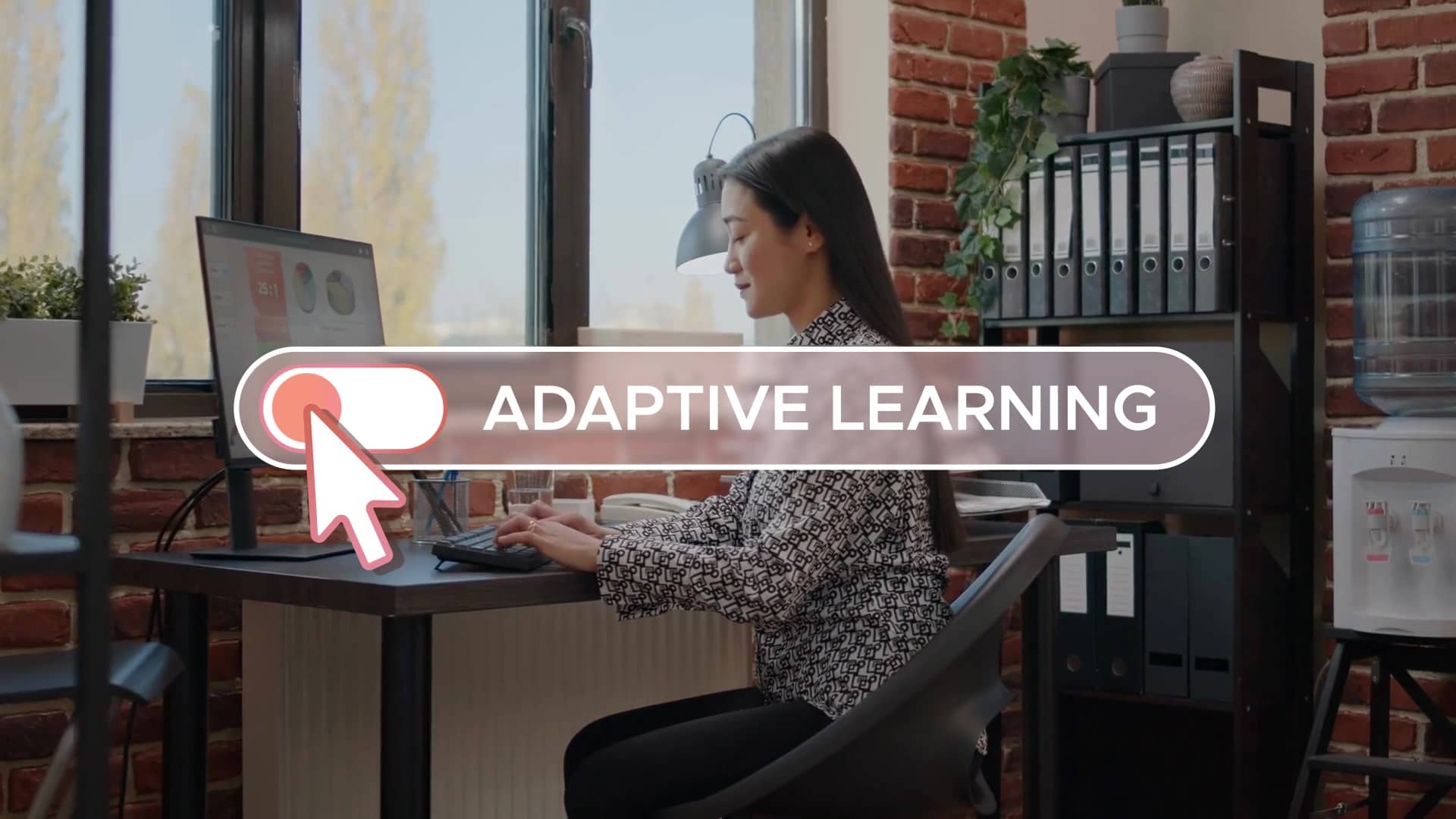
Featured
Blog
Everything you need to know about best practices in vocational training

07 July 2022
Ever wondered what the secret is to creating dynamic and engaging blended learning courses? Well, we’d be lying if we said there was a shortcut to success, but there are some important considerations that can help you to design a truly dynamic blended learning course! The key word here is adaptability. The best training courses are the ones that are truly adapted to the needs of your employees and organization. So, while there isn’t a magic bullet, we promise that we do have some invaluable tips and advice to offer. Keep reading if you don’t believe us!

07 July 2022
Any trainer will tell you how important it is to have a varied, dynamic and engaging blended learning course. And it’s a fact that e-learning has a tendency to isolate and discourage learners, often leading to very low completion rates. But don’t worry – engaging learners in distance learning courses is not mission impossible!

07 July 2022
Learning management systems are now near-ubiquitous across businesses of all sizes. This affords trainers the world over the ability to create their own e-learning modules. Nonetheless, designing a truly great course is still no mean feat. In this guide, we’ll show you how it’s done by offering useful advice and tips.

06 July 2022
The training sector is evolving in line with technological advances and neuroscience discoveries about learning. With it, the role of the trainer is being transformed, too. Gradually, trainers are evolving into digital learning project managers, tasked with staying on top of the latest teaching methods and adapting to them rapidly. It’s therefore not surprising that the effectiveness of a blended learning course partly depends on a trainer’s stance on digital learning, along with their ability to juggle in-person sessions and e-learning modules.

07 June 2022
Developing a learning culture, providing accessible training for employees and improving learner engagement are just some of the challenges companies face when it comes to upskilling their workforce.

14 May 2022
This was the title of a recent webinar on adaptive learning, conducted by Rise Up in conjunction with HR analysts Fosway Group. Michael Strawbridge, global head of community at the Learning and Performance Institute, chaired the webinar, with Marie Redor, head of product at Rise Up and Fiona Leteney, senior analyst at Fosway Group, forming the panel.

14 May 2022
The pandemic and its consequences – travel restrictions, lockdowns and the shift to remote working – have led to the exponential digitalisation of work and professional training. Beyond that, the pandemic has led to a paradigm shift, forcing us to take a step back and reflect on how we run our economies and societies. As a result, we have come to realise the importance of human connections.

14 May 2022
The Covid-19 pandemic has been completely unprecedented, meaning that we’ve had no points of reference to help us make sense of what has unfolded. Many sectors, such as retail and hospitality, struggled during the successive lockdowns in the UK and had to either make their employees redundant or put them on furlough. And as the pandemic has dragged on, the wider economy has taken a hit, with many companies being forced to shut down completely.

14 May 2022
Ever wondered what skills training managers will need in the future? We heard from Stéphane Diebold, head of the training association AFFEN, during a conference held at the SRH E-learning Expo. Having worked as an executive within dozens of companies, Stéphane established AFFEN, which he describes as the first think tank and “do tank” for training managers. Passionate about all things training, he touched on some key skills that trainers will need to remain relevant in the future. Rise Up was there. Here are some of our key takeaways from the session.



